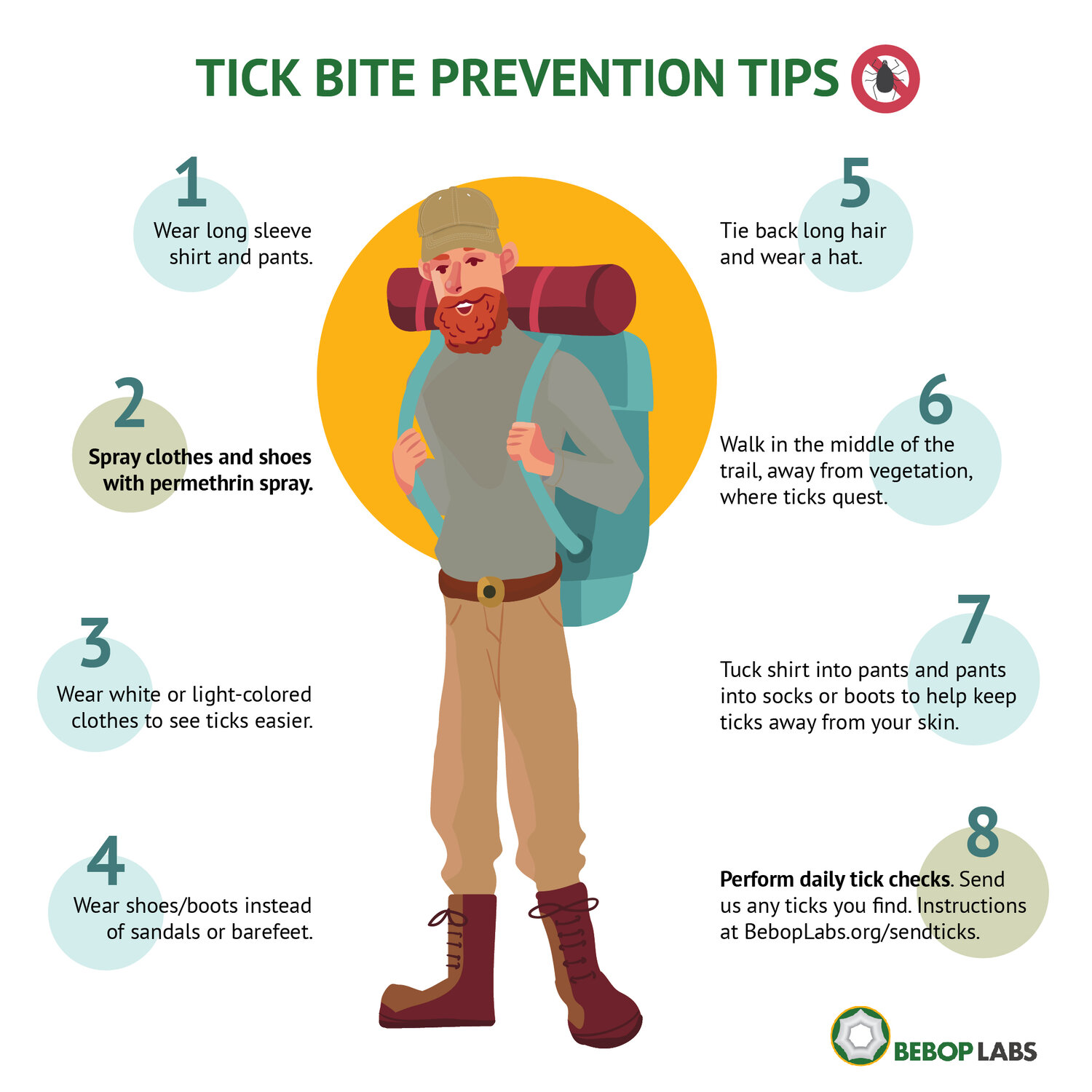TIPS FOR PREVENTING TICK BITES
- Wear protective clothing that covers all your skin and tuck in loose clothing.
- Use repellent containing DEET or permethrin.
- Perform daily tick checks.
- Be aware ticks love tall grass, especially on the border of trees.
- Ticks seasons are May-July and then October-November.











Fungal Pesticides
Metarhizium anisopliae — A fungus that grows naturally in soils throughout the world and causes disease in various insects by acting as a parasitoid. It emits chemicals that can dissolve the outer shell of the tick and then emit more chemicals to engulf the tick insides. Found in South Korea.
Metarhizium brunneum — Met52 Fungal spores are ~45% effective at killing tick larvae after 3 days and ~96% after 9 days, depending on the stage of tick and times of application. Found in VT.
